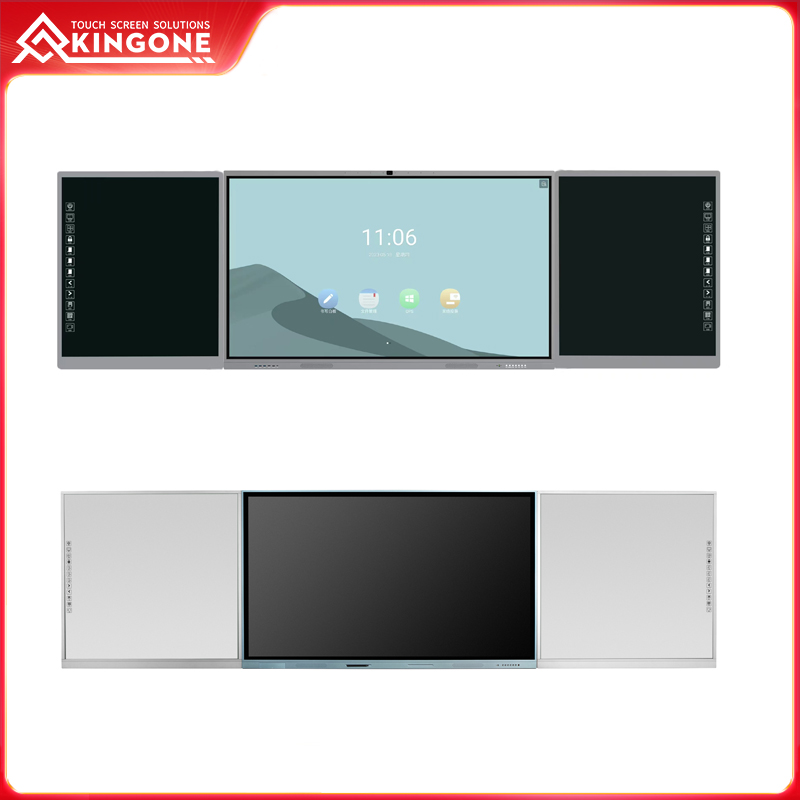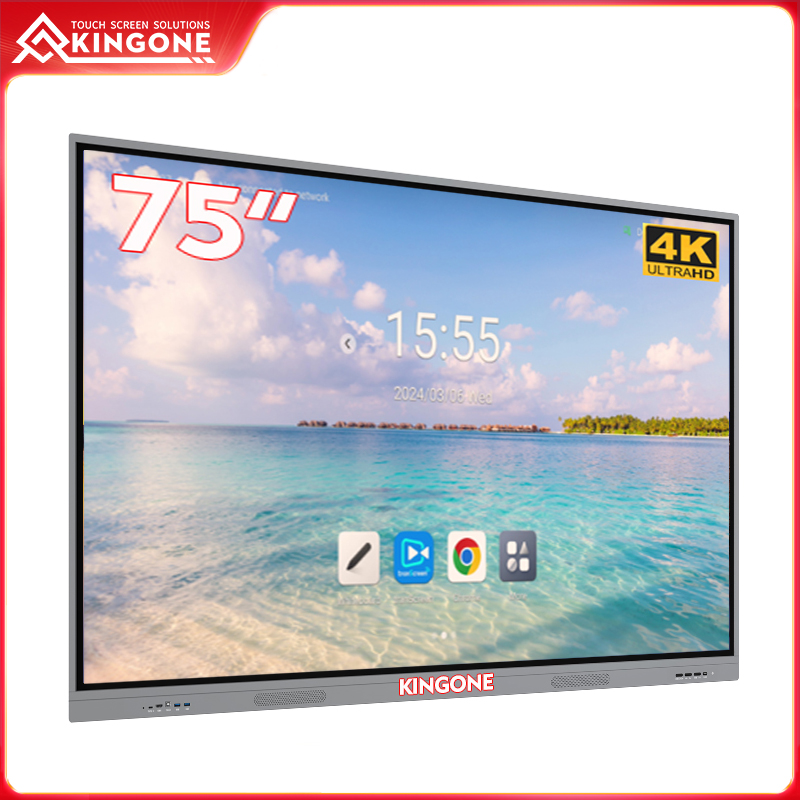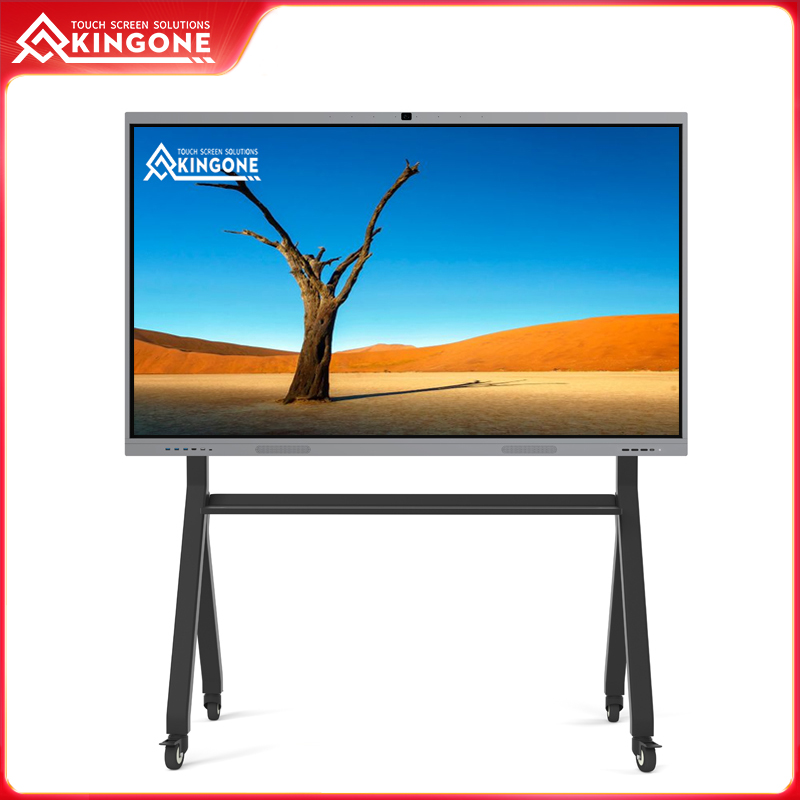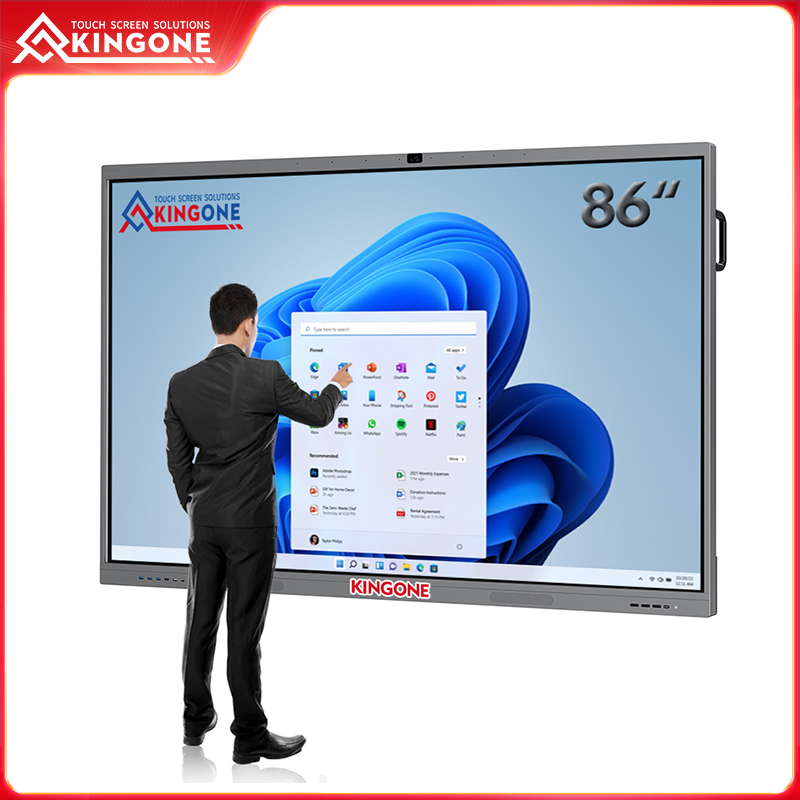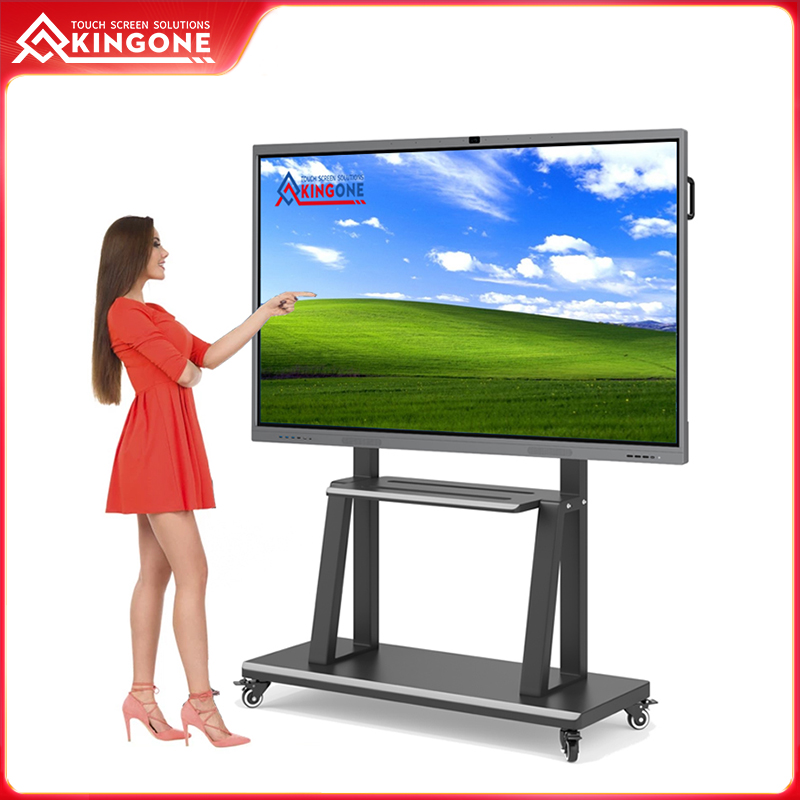What is the difference between indoor and outdoor signage?
Published:
2023-08-02 10:04:25
Signage plays a crucial role in effectively conveying information and promoting businesses or events. However, indoor and outdoor signage have distinctive characteristics that set them apart.
Signage plays a crucial role in effectively conveying information and promoting businesses or events. However, indoor and outdoor signage have distinctive characteristics that set them apart. This article aims to shed light on the disparities between indoor and outdoor signage, enabling you to make informed decisions when implementing signage strategies.
1. Design and Materials
One of the primary differences between indoor and outdoor signage lies in their design and materials. Indoor signage can have more aesthetically pleasing designs since it is not subjected to harsh weather conditions. Materials such as foam board, acrylic, and vinyl are commonly used for indoor signage, allowing for intricate and delicate designs.
On the other hand, outdoor signage demands a more robust construction to withstand various weather conditions. Durable materials such as aluminum, stainless steel, and weather-resistant plastics like PVC are preferred. LCD outdoor signage often requires large font sizes and simple designs to ensure easy visibility from a distance.
2. Visibility and Size
The visibility requirements differ significantly between indoor and outdoor signage due to their distinct purposes. Indoor signage focuses on delivering messages to a limited audience within a confined space. Therefore, they can be smaller in size, but with higher resolution and detailed visuals to capture attention up close.
For outdoor signage, visibility is paramount as they need to attract attention from afar. This necessitates larger sizes for better visibility. Bold and legible fonts, along with vibrant colors, are essential for outdoor signage to ensure easy readability even in unfavorable weather or lighting conditions.
3. Lighting and Maintenance
Lighting plays a crucial role in the effectiveness of both indoor and outdoor lcd signage display. Indoor signage benefits from controlled lighting environments that allow for more creative lighting effects. Options such as backlit signs or LED lights can enhance the overall impact and visibility of indoor signage.
Outdoor signage, being exposed to natural and artificial lighting variations, requires a different approach. This may involve using backlighting or front illumination methods to ensure visibility during the day and at night. Additionally, outdoor signage demands more frequent maintenance due to exposure to weather elements, requiring regular cleaning and occasional repairs.
Summing Up
Understanding the distinction between indoor and outdoor signage is crucial to ensure their optimal effectiveness. While indoor signage prioritizes aesthetics and intricate designs, outdoor signage demands sturdier materials and better visibility. Lighting requirements also differ significantly for both types of signage. By considering these factors, you can create signage strategies tailored to the intended environment, maximizing their impact and achieving your communication goals.
 English
English

